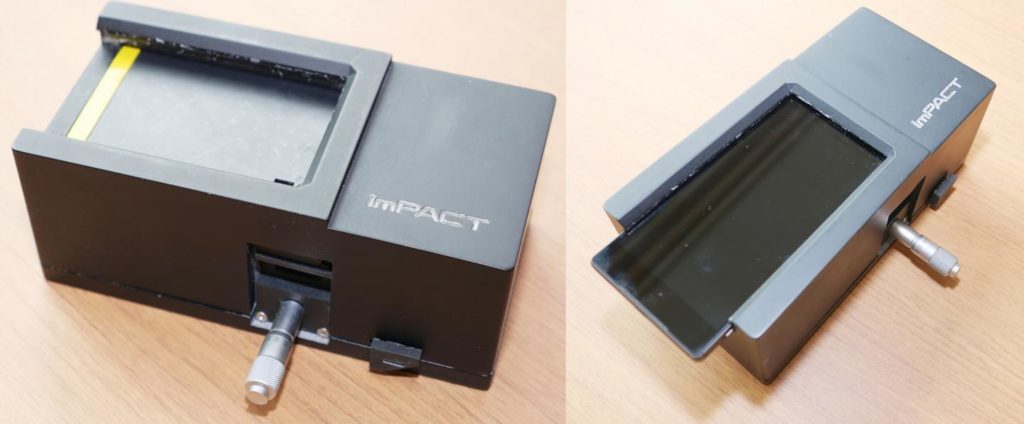A virus scanner for a smartphone might not sound too exciting at first, but this virus scanner doesn’t search for the latest malware; it scans biological samples for real viruses. It is a portable, low-cost, battery-powered device and is the brainchild of Yoshihiro Minagawa from the University of Tokyo. It was tested with viruses but could also detect other biological markers.
“I wanted to produce a useful tool for inaccessible or less-affluent communities that can help in the fight against diseases such as influenza,” said Minagawa. “Diagnosis is a critical factor of disease prevention. Our device paves the way for better access to essential diagnostic tools.”
Current state-of-the-art tools for detecting and counting viruses and other biomarkers, such as fluorescence microscopes, are generally large, expensive, slow and difficult to use. Although highly accurate at counting viruses, these tools are just too cumbersome for many situations, especially when rapid diagnosis is required.
“Given two equal samples containing influenza, our system detected about 60 percent of the number of viruses as the fluorescence microscope. But it’s much faster at doing so and more than adequate to produce good estimates for accurate diagnoses,” continued Minagawa. “What’s really amazing is that our device is about 100 times more sensitive than a commercial rapid influenza test kit, and it’s not just limited to that kind of virus.”
The device is about the size of a brick with a slot on top in which you place a smartphone such that its camera looks through a small lens to the inside of the device. On the screen through a custom-made smartphone app you would see what may at first glance look like a starry night sky, except those stars would in fact be individual viruses.
Viruses are held in place on a clear surface in tiny cavities lit with an LED. The surface and fluid surrounding it were designed so that only when a cavity has a virus inside does incident light — the light that directly hits the surface — from the LED redirect up to the camera, manifesting in a bright pixel in an otherwise dark void. Each cavity is 48 femtoliters (quadrillionths of a liter) — it would take over 10 million of these to hold a single human tear.
“This is now possible because smartphones and their embedded cameras have become sufficiently advanced and more affordable. I now hope to bring this technology to those who need it the most,” concluded Minagawa. “We also wish to add other biomarkers such as nucleic acids — like DNA — to the options of things the device can detect. This way we can maximize its usefulness to those on the front line of disease prevention, helping to save lives.”
###
Journal article
Yoshihiro Minagawa, Hiroshi Ueno, Kazuhito V Tabata, and Hiroyuki Noji. Mobile imaging platform for digital influenza virus counting. Lab on a Chip. https:/
This research was supported by the ImPACT Program of Council for Science, Technology, and Innovation (Cabinet Office, Government of Japan) to K.V.T. (No. 2015-PM14-01-01).
Related links
Graduate School of Engineering
http://www.
Department of Applied Chemistry
http://www.
Noji Laboratory
http://www.
Research Contact
Dr. Yoshihiro Minagawa – Noji Laboratory, Graduate School of Engineering
The University of Tokyo, 7-3-1 Hongo, Bunkyo-ku, Tokyo 113-8656, JAPAN
Tel: +81-3-5841-7252 – Email: [email protected]
Press Contact
Mr. Rohan Mehra – Division for Strategic Public Relations
The University of Tokyo, 7-3-1 Hongo, Bunkyo-ku, Tokyo 113-8654, JAPAN
Tel: +81-3-5841-0876 – Email: [email protected]
About the University of Tokyo
The University of Tokyo is Japan’s leading university and one of the world’s top research universities. The vast research output of some 6,000 researchers is published in the world’s top journals across the arts and sciences. Our vibrant student body of around 15,000 undergraduate and 15,000 graduate students includes over 2,000 international students. Find out more at https:/




